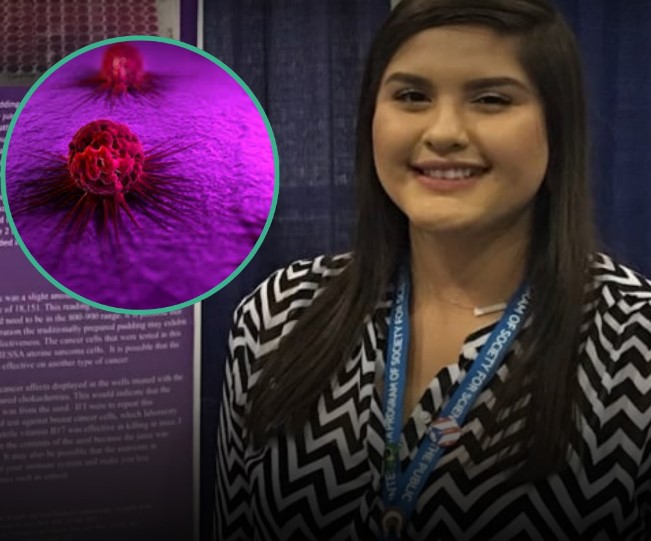In a remarkable blend of cultural tradition and modern science, a Native American high school student has spotlighted the medicinal potential of an ancestral dish—chokecherry pudding. Destany “Sky” Pete’s science fair project revealed that the traditional preparation of this dish, long cherished by the Shoshone and Paiute tribes, may have the ability to inhibit cancer cells in vitro.
Bridging Culture and Scientific Inquiry
Chokecherry pudding, known in her culture as toishabui, is made by crushing the entire fruit, including the seeds. Passed down through generations, this dish embodies heritage, nutrition, and healing. Pete’s hypothesis, inspired by family and tribal knowledge, asked whether the traditional version—with seeds—had medicinal properties.
To investigate, Pete partnered with Dr. Ken Cornell of Boise State University to test four variations:
- Traditional chokecherry pudding (with crushed seeds)
- Pudding without seeds
- Juice only
- Extract
Each sample was exposed to uterine sarcoma cancer cells for 24 hours. Only the traditional pudding, with crushed seeds, inhibited cancer cell growth.
A Promising Discovery
Pete’s findings suggest the seeds may contain bioactive compounds that, when combined with cooking, reduce or neutralize potential toxicity and possibly activate anti-cancer properties. This discovery earned her first place at the 2017 Elko County Science Fair, where she stood out among more than 440 students and later advanced to the prestigious Intel International Science Fair.
“I want people to know that science and culture can be represented together,” Pete said, emphasizing her pride in showcasing Indigenous knowledge through the lens of scientific validation.
Chokecherries: A Nutritional Overview

Chokecherries are rich in:
- Anthocyanins: Antioxidants with anti-inflammatory and anti-carcinogenic effects
- Vitamin K: Important for bone and blood health
- Potassium: Supports cardiovascular function
- Fiber: Aids digestion
The fruit’s dark color signals its potent antioxidant profile. Research shows that anthocyanins may reduce oxidative stress, a key driver in cancer and heart disease.
Traditional Preparation and Safety
While chokecherry seeds contain amygdalin—a compound that can convert to cyanide—traditional preparation methods involve boiling the berries and seeds together, reducing this risk. Cooking is key: it neutralizes harmful components and extracts beneficial ones.
Traditional Chokecherry Pudding Recipe:
- Harvest and wash ripe chokecherries
- Crush whole berries, including seeds
- Boil with water until color deepens
- Add flour while stirring to create a pudding consistency
- Sweeten as desired
- Cool and serve
This method not only honors tradition but, as Pete’s research indicates, may also unlock the dish’s full therapeutic potential.
Broader Implications and Next Steps
Pete’s study aligns with broader findings in phytochemistry that traditional diets often contain overlooked compounds with therapeutic properties. While her work is preliminary and conducted in vitro, it opens the door to further exploration—including toxicity assessments, compound isolation, and eventually, clinical trials.
This project exemplifies the power of youth-led inquiry, cultural heritage, and the merging of ancestral wisdom with biochemistry. It’s a compelling call to re-examine traditional foods not just as cultural symbols, but as reservoirs of health knowled
Final Thoughts
Destany “Sky” Pete’s journey is a powerful reminder: science does not have to replace tradition—it can elevate it. Her work bridges generations, disciplines, and worldviews, sparking interest in the medicinal potential of Indigenous foods and affirming that knowledge, when respected and explored with care, can change the world.



